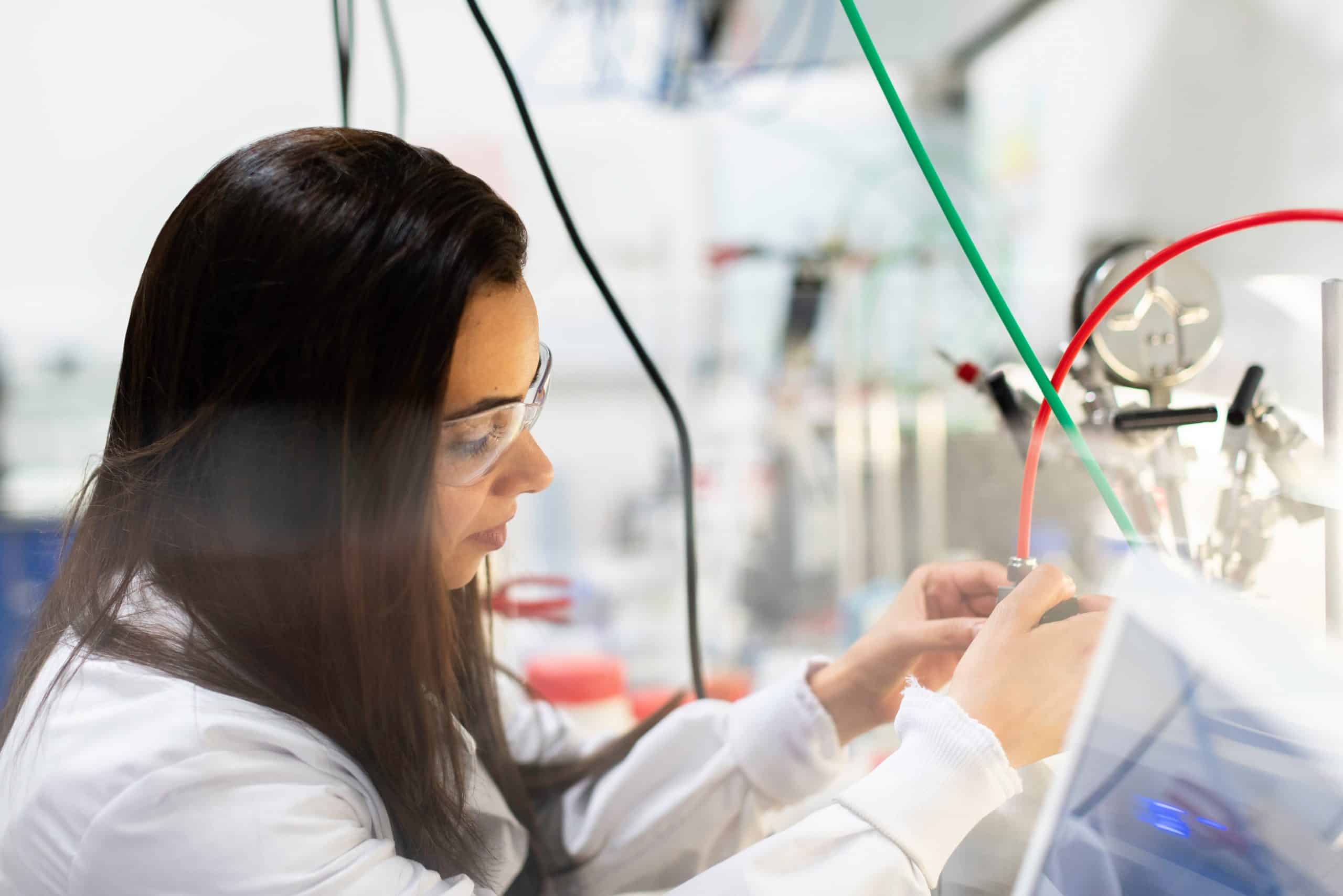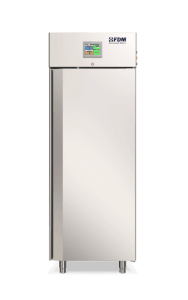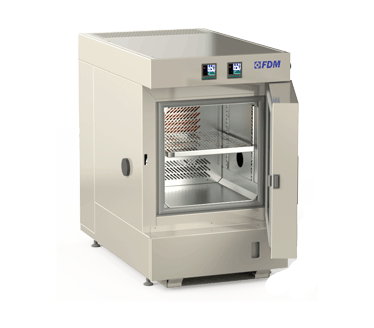
In addition to being the main tools for many experiments on materials, climatic chambers play a very important auxiliary role in the execution of tests that need to operate with specific environmental conditions.
Among these, there is electrochemical impedance spectroscopy.
Perform
Climate Stress
Discover the new series of Climate Chambers for controlled climate testing
What is Electrochemical Impedance Spectroscopy?
Electrochemical impedance spectroscopy is one of the most common methods for measuring microbiological corrosion - also known as biocorrosion - on various types of metals.
By microbiological corrosion we mean that oxidation process carried out by the action of different groups of microorganisms capable of drawing energy for their metabolism by attacking certain metals.
Electrochemical impedance spectroscopy evaluates the effects of corrosion on metals and organic coatings by applying a potential to an electrochemical cell and measuring the current through the cell.
Which Materials Are Tested With Electrochemical Impedance Spectroscopy?
All materials that can undergo the effect of biocorrosion are tested with the Electrochemical Impedance Spectroscopy technique. These include various types of natural metals and related alloys, as well as organic coatings.
However, the area where Electrochemical Impedance Spectroscopy finds the most application is in the testing of lithium-ion batteries. In the case of lithium-ion batteries, electrochemical impedance spectroscopy is one of many tests aimed at measuring the longevity of the batteries themselves and their long-term resistance.
We have written in detail about the climatic chamber tests on lithium-ion batteries in an article that you can read here.
What is the purpose of Climatic Chamber for Electrochemical Impedance Spectroscopy?
To function properly, electrochemical impedance spectroscopy needs precise and constantly monitored environmental conditions.
In accelerated aging tests on lithium-ion cells, the cells are kept in a climate chamber at 60° for six months in order to test their productivity at the end of their life cycle.
In all other tests, before each test, the cells are thermally stabilized through the use of a climatic chamber. Thermal stabilization is understood to be achieved when the temperature variation of the cell is less than 1° C in the interval of one hour.
You cannot find the ideal chamber for your test?
Create your own environment, according to any test requirement
The FDM Climate Chamber for Electrochemical Impedance Spectroscopy
Our FDM Climatic Chamber is the ideal tool to prepare the Electrochemical Impedance Spectroscopy test on lithium-ion batteries and any other material mentioned above.
One is the ATEX certification for explosion-proof cabinets, which we can apply to all standard chambers with temperature and humidity control.
The other is the so-called Level 4 Hazard, which can include: corrosion resistance, smoke and gas detector and various other options, to ensure total safety of the test environment.
For special needs, we can build a custom-made climatic chamber. Please contact us.
Would you like to receive a quote or do you have questions about the product?
Contact us to receive more information about this Product.



